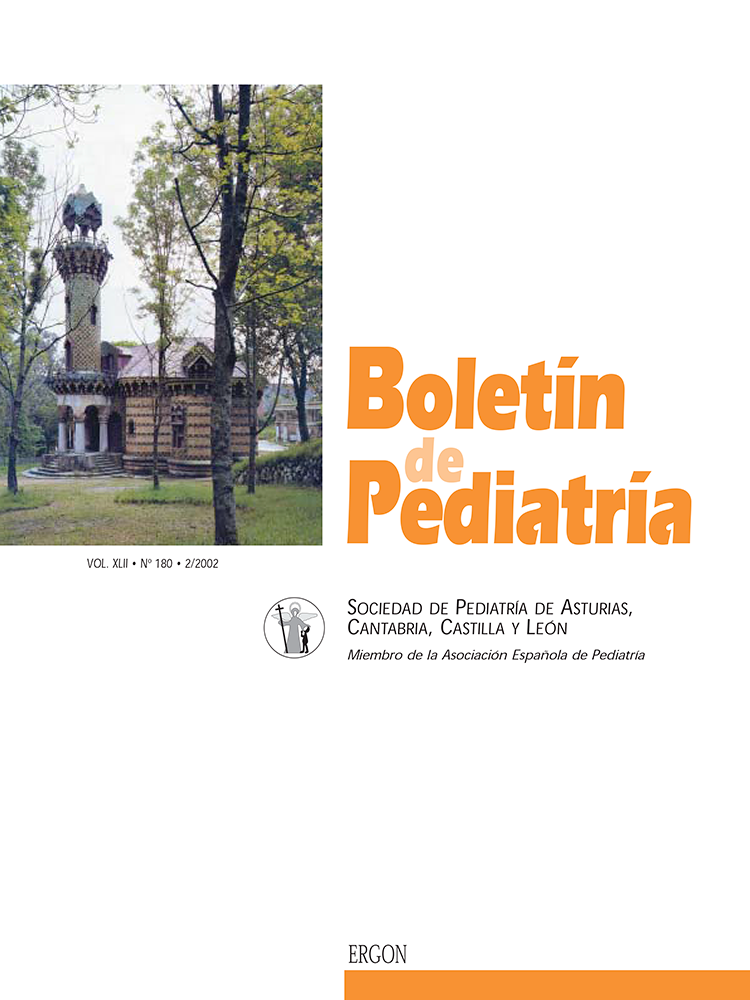Abstract
Abstract Objective: Analyze the positive central cultures in children with infection in hospitalized patients under 1 year of age. Patients and methods: The selection criteria of the patients were age under 1 year and positive central bacterial cultures. The observation period was 14 years. Patients from the Neonatology Unit and child from surgical specialties who were admitted to the Service were excluded. Results: A total of 455 (12.4%) of the 3,664 children admitted under 1 year of age had some positive central bacterial culture. By order of frequency, the positive central cultu-res were: urine culture (207), stool cultures (193), blood cultures (30) and CSF cultures (25). Gram (-) germs predominated: 96.1% in urine cultures, 100% in stool cultures, 76.6% in blood cultures and 88% in CSF cultures. The most frequent germs were: E. coli in urine and blood cultures, Salmonella in stool cultures and Neiseria meningitidis in CSF cultures. In recent years, there has been a decrease in the cultures for N. meningitidis and H. influenzae; A decrease was also observed in the stool cultures (R2 = 0.559, p < 0.05) related with the decrease in Salmonella. The mean age of the patients with positive blood culture (3.26 +/- 3.1 months) was statistically lower when compared with other groups (p < 0.0001). The initial treatment, prior to the antibiogram was: 3rd generation cephalosporin or tobramycin and ampicillin. Three patients died, representing 0.65%, and no death was observed in the last 10 years of the study. Conclusion: The children whose age was inferior to 1 year with positive central cultures exceeded 10% of the children of this same age hospitalized. This value and the possible seriousness of the infections justify an extensive bacteriological survey and an early diagnosis to achieve a low morbidity-mortality.

This work is licensed under a Creative Commons Attribution-NonCommercial 4.0 International License.
Copyright (c) 2002 Boletín de Pediatría
